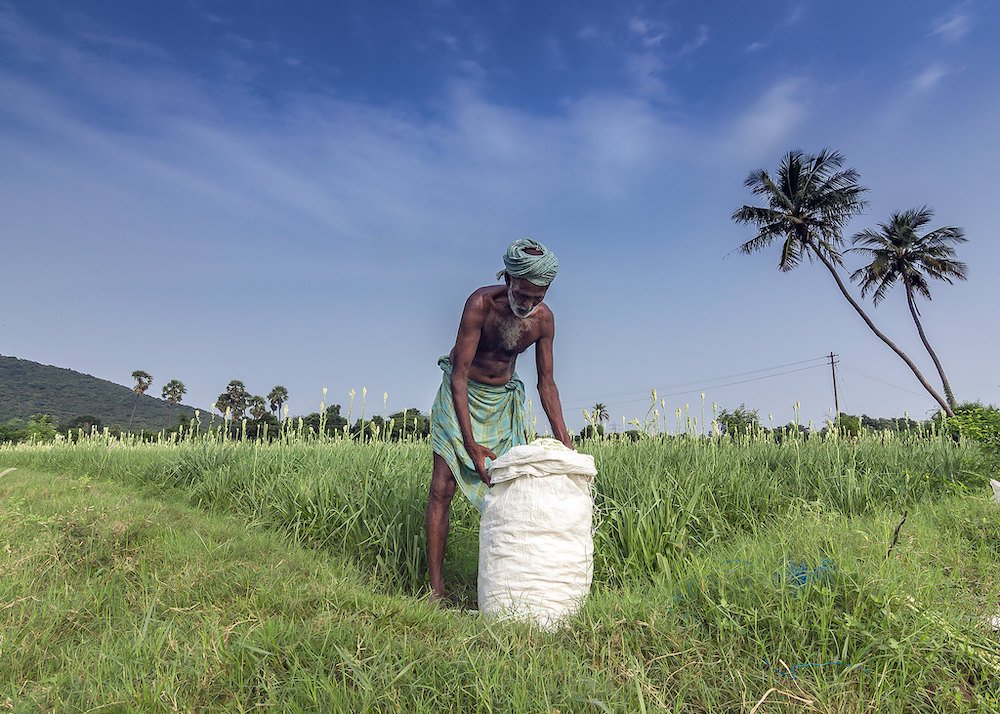Heat exposure outdoor workers already leads to productivity loss of 1.7 per cent of GDP
February 20, 2022

Photo: Aravindan Ganesan (www.flickr.com)
Labor loss 650 billion hours per year
It’s not just the heat but the combination with high humidity that causes heat stress conditions where you can no longer work outside. Exposure to high humid heat, by workers in agriculture, fisheries, forestry, and construction, already leads to over 650 billion hours of lost labor per year, globally, according to data over the period 2001-2020. This number equals a loss of almost 150 million jobs globally per year, comparable to temporary work loss during the global COVID-19 lockdowns.
This estimate is much higher than previous estimates of approximately 200 billion hours of lost labor per year for workers engaged in heavy labor in agriculture and construction. According to the scientists that have calculated this higher number, 72% of the global working-age population is living in regions where climate conditions sometimes lead to heavy labor losses, compared with 40% in previous estimates. Climate conditions in much of the tropics and subtropics are already exceeding thresholds for human safety.
Labor losses are highest in South, East, and Southeast Asia, where a large part of the working-age population is working in agriculture. Labor losses are most pronounced in India. Almost half of the global total losses are attributable to India, being over four times the labor losses of the second worst-hit country, China.
Productivity loss 1.7% of GDP
These labor losses translate to significant economic costs. The annual, humid heat-related global labor loss amounts to a global productivity loss of approximately 2.1 trillion USD (price level 2017), equivalent to 1.7% of global gross domestic product (GDP). China and India again experience the largest losses. For India the annual productivity losses from high humid heat amount to almost 7% of its 2017 GDP. This loss estimate substantially exceeds a previous estimate of 311 billion USD (price level 2010), which was about 0.5% of global GDP in 2010, and approaches a previous loss estimate for 2030 of 2.4–2.5 trillion USD (price level 2010).
Losses are already increasing
Labor productivity losses are already increasing in time. The estimated losses over the 2001–2020 period are at least 9% higher than the losses over the period 1981–2000. This agrees with an increase of economic costs of at least 100 billion USD (2017 prices). This illustrates that relatively small changes in climate (about 0.4°C) can cause large-scale increases in lost global labor productivity. These increases in losses are felt most strongly in the tropics and subtropics.
High humid heat is expected to increase labor loss and decrease global GDP by up to 4.0% by 2100.
Source: Parsons et al., 2022. Environmental Research Letters 17, 014050.








